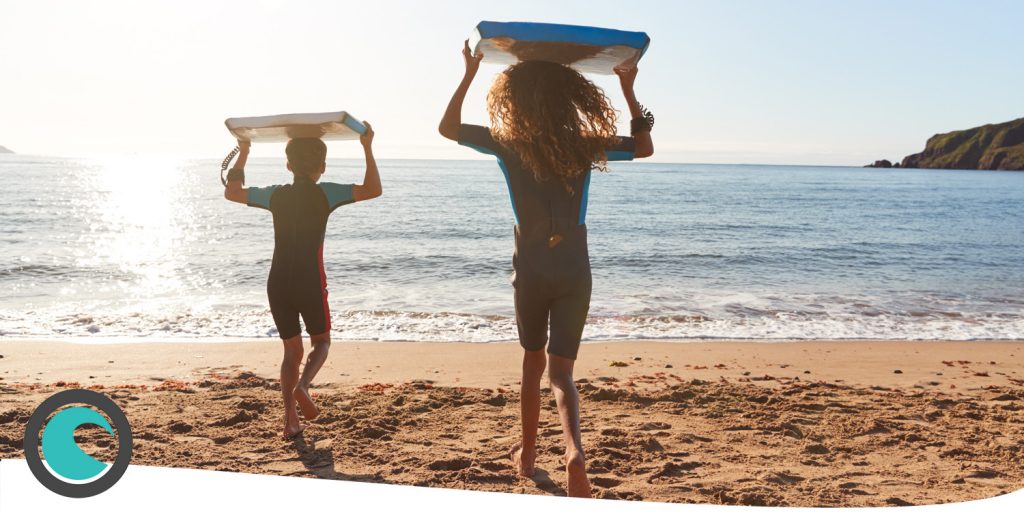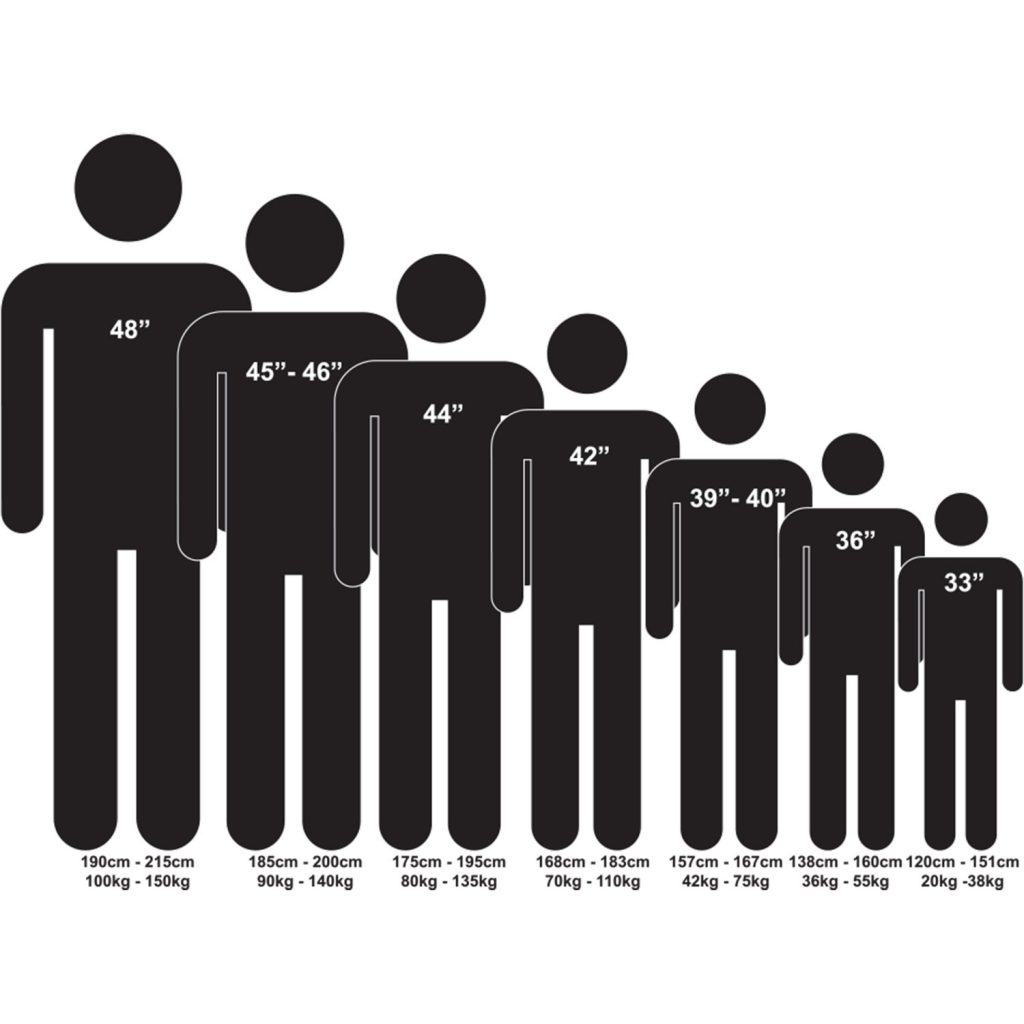A Guide to Buying the Perfect Bodyboard
This is the latest in our series of guides on bodyboards. You can view the other posts here
Thinking of Taking up Bodyboarding? We discuss the Pros and Cons
Bodyboarding is a thrilling water sport that offers endless excitement as you ride the waves. Whether you’re a beginner or an experienced rider, choosing the right bodyboard is essential for a great experience in the water. Here’s a guide to help you make an informed decision when buying a bodyboard.
1. Understand Your Skill Level:
Are you just starting out? In which case you might want to start with an entry level board. Do not confuse entry level with cheap! Avoid the bodyboards sold at the bucket and spade shops and buy a branded board. You should be looking to spend £30-40 on a first board. If you are a seasoned bodyboarder then you will have a better idea of what you need out of your board and will be looing for something more expensive and with better features than an entry level board
2. Consider the Core Material:
The core of the bodyboard is its most important component, determining its strength, stiffness, control, and overall performance. There are three common core materials:
- Extruded Polyethylene (EPS): EPS is the least expensive and least durable core material, suitable for casual or occasional riders.
- Polyethylene (PE): PE cores offer a good balance of performance and affordability, making them ideal for beginners and intermediate riders.
- Polypropylene (PP): PP cores are high-performance, providing better control, speed, and manoeuvrability. They are ideal for advanced riders.
- Blended cores: Top end boards have polypro/eps blended cores core that also have an extra layer of higher density foam to add strength making it a lot stronger than many other bodyboards
3. Select the Right Size:
Choosing the correct size of the bodyboard is crucial for a comfortable and efficient ride. Your bodyboard should align with your height, weight, and skill level. Here’s a general guide:
- Height: The bodyboard should reach from your knees to your chin when standing vertically.
- Weight: Heavier individuals may need a larger board for adequate buoyancy and support.
We have produced a size chart (below) to help you easily see what size board you should choose depending on your height.
4. Check the Deck and Bottom:
The deck and bottom materials impact the durability and performance of the bodyboard. Look for a slick bottom made of high-density polyethylene (HDPE) for speed and manoeuvrability. The deck should be sturdy and resistant to wear and tear.
5. Consider the Tail and Nose Shapes:
Different tail and nose shapes influence the bodyboard’s turning capabilities, speed, and control. Common tail shapes include crescent, bat, and swallow tails, each offering a unique riding experience. Nose shapes like bat, round, or pointed influence control and manoeuvrability.
6. Stringers:
Stringers are rods or tubes within the bodyboard that provide strength and maintain its shape. Bodyboards with multiple or reinforced stringers offer better durability, flex, and control, especially in larger waves. They could have 1 central stringer or even 2 or 3. Some more expensive boards with high quality cores might not have any as the core is strong enough without them.
7. Leashes:
Nearly all bodyboards will come with a leash. Entry level boards will have the leash plug fitted in the centre of the board and will normally have a string leash. As you move up the range boards will still have a central plug fitted but the leash will be a more expensive coiled leash of similar construction to a surfboard leash. Top of the range boards will supply the leash and plug loose. The idea being that at that level, the people buying the board will be experienced riders who will want the plug positioned on the opposite side to the side they hold on to, so you will be expected to fit the plug yourself.
8. Think About the Extra Features:
Consider additional features like channels, contouring, and grips. Channels enhance control and manoeuvrability, while contouring provides a more comfortable fit against your body. Grips on the underside of the nose deck offer better grip when doing maneuverers. These are normally sold aftermarket and don’t come on a board as standard.
8. Test Before You Buy:
Whenever possible, try out a few bodyboards to get a feel for different sizes, shapes, and features. Many stores have demo boards or allow you to lie on the board to simulate the riding experience.
9. Set a Budget:
Lastly, determine your budget based on your skill level and how often you plan to bodyboard. Remember that investing in a quality bodyboard will ensure a better riding experience and longevity.
In conclusion, finding the perfect bodyboard requires careful consideration of your skill level, the core material, size, shape, and additional features. Take the time to choose a bodyboard that suits your needs and preferences, and get ready to catch some amazing waves!
You can check out our range of bodyboards & accessories here




